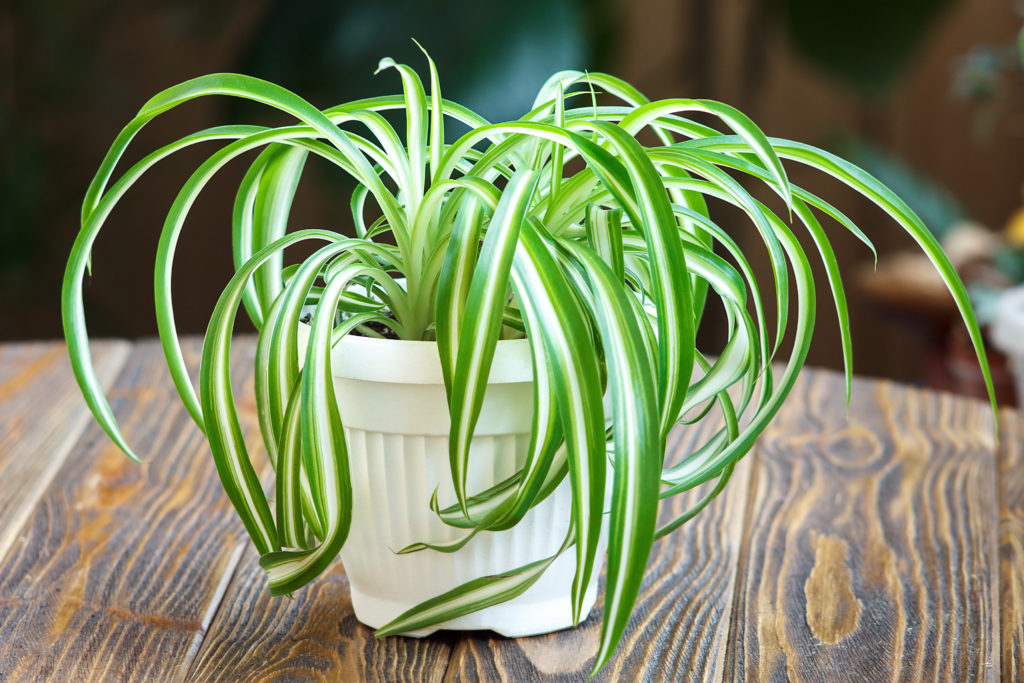Shamrock spider plant is a unique and attractive variety of spider plant with dark green leaves and white stripes, and it is easy to grow and care for, making it a great choice for beginners and experienced plant owners alike.
The Shamrock Spider plant is one of the many varieties of spider plants. If you haven’t heard of it, that’s because it is a rare type. However, many people are still growing this plant. Find out what makes the Shamrock Spider Plant different and what it needs to grow well.
What is a Shamrock Spider Plant?
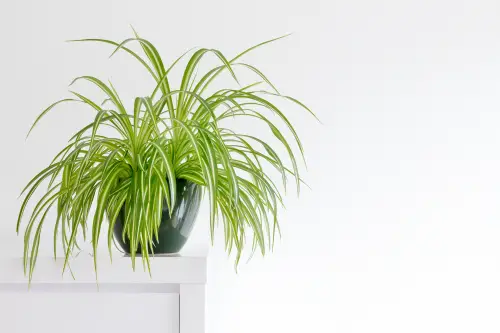
The Shamrock Spider Plant (Chlorophytum comosum) is also known as Ocean Plant and Sea Plant. It is a member of the Asparagus family (Asparagaceae) which has over 200 varieties.
It is a flowering plant with long, spider-like leaves and plump tuberous roots. You can hang this ornamental plant or put it in a pot. However, it is ideal to hang it since the leaves eventually grow long and bend downwards.
Unlike other spider plant varieties, this one has solid green leaves which makes it popular among collectors who are looking for rare plants. This plant is perfect for beginners because it is easy to grow. It is also regarded as a safe houseplant for pets.
The Shamrock Spider plant is mostly grown outdoors. However, it can also thrive indoors as long as it is provided with proper care and a suitable environment.
While it can add beauty to your home, the Shamrock Spider Plant is also good at cleaning the air. According to test results conducted by NASA, spider plants are great in eliminating almost 90-95% of formaldehyde in the air.
Formaldehyde is known to possibly cause cancer. It is present in air fresheners, paints, cleaning products, and other common household products.
Origin and Classifications of a Shamrock Spider Plant
The Shamrock Spider Plant is a native plant from South Africa. It is distributed in Northeast Tropical Africa, Southern Africa, South Tropical Africa, East Tropical Africa, West-Central Tropical Africa, and West Tropical Africa.
Despite its broad distribution, it still comprises a small part of spider plant varieties sold due to its rarity.
Features of a Shamrock Spider Plant
The Shamrock Spider Plant is popularly known for its solid green leaves. This feature is also the reason why it is considered unique compared to its varieties. However, some of this plant’s features are not entirely different from the other spider plant varieties. Take a look at the following details:
1. Height
The Shamrock Spider plant can grow up to 24 inches long. Although it can be grown in a pot as an indoor plant, it is still best to hang it since the leaves grow downwards. The higher you hang the Shamrock Spider plant, the longer it grows until it reaches the ground.
2. Flowers and Leaves
As mentioned earlier, the solid green leaves of the Shamrock Spider plant make it a rare and popular variety among plant collectors. Its leaves are narrow and can grow up to 18 inches long and 1 inch wide.
The Shamrock Spider plant has small greenish-white flowers with six tepals. It doesn’t last long and some die right after being produced.
3. Foliage and Stems
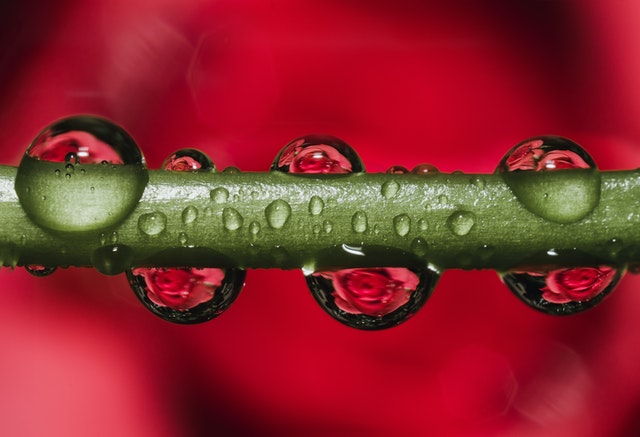
The Shamrock Spider plant grows thin and long foliage that bends downwards. It is reminiscent of how spider legs look, hence its name.
The stems are thin and long as well. It is where its offshoots called ‘pups’ grow. The ‘pups’ also look like small spiders hanging from their webs.
4. Evergreen
The leaves of the Shamrock Spider Plant stay green throughout the whole year. It is the only variety that can do so. It is labeled as herbaceous because of its flexible stems with almost no woody parts.
It is also a tropical hanging plant that thrives both outdoors and indoors with proper care and attention.
Basic Care of a Shamrock Spider Plant
Taking care of a Shamrock Spider plant is easy. It is a low-maintenance plant which is why it is suitable for beginners. However, it still requires some care and attention for it to grow well.
The process will also differ depending on if you plan to grow it as an outdoor or an indoor plant. Here are some of the following care requirements needed:
1. Size and Growth
It is important to have enough space in growing a Shamrock Spider Plant as it can grow so long. In its early stages, it is fine to put it in a pot. Place it in a hanging basket once it’s big enough for the offshoots or pups to grow well.
2. Sunlight Requirements
While this plant can even thrive in harsh conditions, it is still better to place it in an area where there is moderate and bright sunlight. Too much sun exposure can cause the leaves to burn. Brown spots and brown tips on the leaves signal that the plant is burnt.
3. Water Requirements

Occasional watering is only required for Shamrock Spider Plants during the summer and spring. During the winter, check if the soil is a bit dry before watering it again.
Avoid using tap water because they are sensitive to chemicals like chlorine. It is advised to use rainwater or filtered water instead.
4. Soil Requirements
This plant variety grows best when using a loamy type of soil with moderate moisture, not too dry and not too wet. In order to achieve this requirement, make sure to use a well-draining pot.
The pH balance required is between 6.0 to 6.5 with 7.0 as the maximum tolerance.
5. Temperature and Humidity
No matter where you live, keep the plant in an area with moderate temperature and humidity. If you live somewhere cool, it is best to place it outside. If you live somewhere hot, it is best to keep it inside your home or office where the temperature is not too high.
6. Drought and Disease Resistance
As a low-maintenance plant, the Shamrock Spider Plant and some of its varieties can tolerate drought and resist diseases very well. Forget about it for a few days and it will still thrive. This is why a lot of first-time gardeners opt to grow this plant. It doesn’t require much.
7. Toxicity
This plant is generally safe around house pets and humans. However, some studies suggest that some alleged opium-related chemical compounds are present in this plant. When eaten by cats, it can cause an upset stomach and/or diarrhea. If you have cats, it’s better to keep them away to avoid problems.
8. Fertilizing
Less is more in fertilizing this spider plant variety. Once or twice a month is recommended but make sure to not overfertilize as this can cause the leaves to turn brown just like what tap water does.
Any fertilizer is fine as long as it is water-soluble and safe for home use.
9. Potting and Repotting
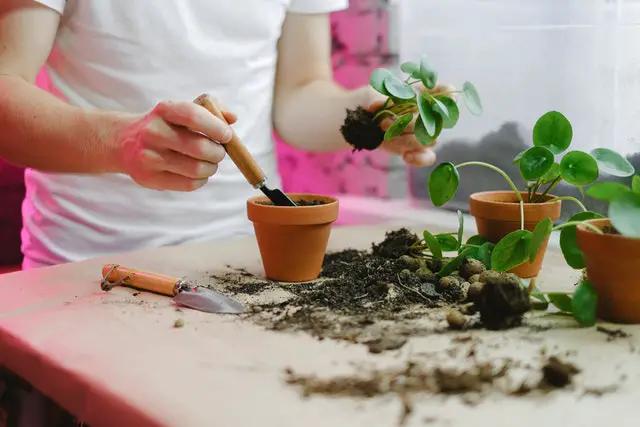
The size of the pot should be relative to the size of your Shamrock Spider Plant since this can provide an ideal growth environment. When it is time to repot, just go one size up.
Remember that they are picky with moisture. So, make sure to choose a good well-draining pot.
10. Pruning Requirements
Repotting is one of the best times to prune this plant. Only use sharp pruning scissors to avoid damaging the stems. Cut out dead, discolored, or diseased leaves if any. The spiderettes or pups should be cut from the base of the stems of both the parent and the baby.
How to Propagate a Shamrock Spider Plant
There are so many easy ways to propagate a Shamrock Spider Plant. One of them is the well-known Water Method. Here are the following steps:
- Get a Jar with Water
If you only have tap water, wait for at least an hour to de-chlorinate and to reach room temperature. While waiting, prepare sharp scissors.
- Group Your Cuttings
Carefully cut the offshoots from the mother plant starting from the base of the branch or stolon. If you don’t cut this, more offshoots will grow.
- Add Cutting to Jar
Put it deep enough so that the water will cover the whole bottom of the offshoot. Keep the leaves away from the water. Reposition when necessary.
- Place the Jar in Moderate Sunlight
This step will take the longest time. Wait for the roots to grow well. Change the water from time to time to keep the offshoot healthy.
- Fill Pot with Soil
Once the roots have developed, transfer them to a well-draining pot with soil. Use a pencil and make a hole that’s enough to cover the roots.
- Plant the Cuttings
Make sure that the roots are well-covered. The base of the plant and the top of the soil should have the same level. Dampen the soil.
- Place in Indirect Sunlight
Remember to place your new Shamrock Spider Plant in an area with bright and moderate sunlight. Always check the temperature and keep the soil damp.
- Check Cuttings
After giving time to establish the roots, lightly tug the Shamrock Spider Plant. If there’s a bit of resistance, that means it has taken root.
Common Problems in Caring for a Shamrock Spider Plant
Just like any plant, the Shamrock Spider Plant has its problems. The following are some of the most common problems in caring for this plant:
1. Water Stress
The Shamrock Spider Plant and its other varieties are known to be sensitive to water. It is a must to use rainwater or filtered water since these don’t have any chemicals in them. If you only have tap water, set it outside overnight in a container to de-chlorinate it.
2. Fertilizer Buildup
Fertilizers aren’t needed when you want to grow a Shamrock Spider Plant. But if you want to use some, make sure to use it sparingly. Once or twice a month is enough to avoid destroying the soil’s integrity. Black tips on the leaves are a sign of stress.
3. Brown Spots and Tips
When you notice brown spots and brown tips on the leaves of your Shamrock Spider Plant, it means it has too much sunlight. It is important to note that they thrive best when placed indirectly from the sunlight.
Strategic placing of your plant can be beneficial to you and your plant.
4. Bacterial Diseases
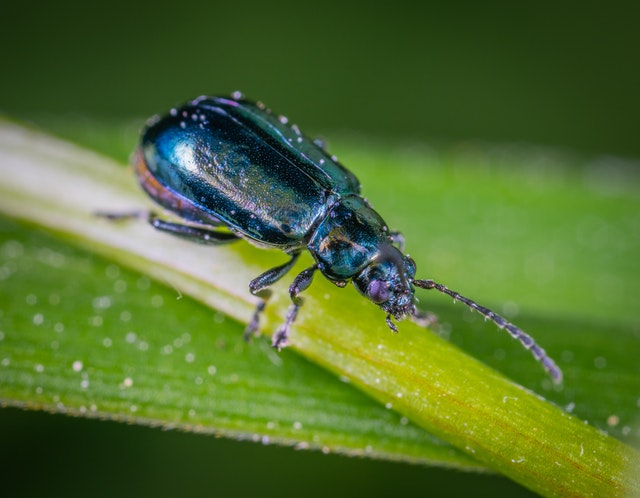
This problem is highly common in hot and humid surroundings. It can make the leaves of the Shamrock Spider Plant turn yellow and brown.
Always make sure that your plant is in a place where the temperature is comfortable for everyone. Do regular pruning and avoid overwatering your plant.
See a previous post: Philodendron Mamei Silver Cloud Plant, Grow & Care Guide 2022
Conclusion
The Shamrock Spider Plant is the rarest variety known for its all-green leaves. It is a low-maintenance plant with similar care requirements to the other 200 spider plant varieties under the Asparagus family (Asparagaceae).
Due to its rarity, plant collectors are taking so much time and effort to find this plant.
Buying Options
The Shamrock Spider plant can be purchased on Amazon and Etsy. The price for the plant varies so to get the cheapest price check both marketplaces. Many plant collectors are looking for this plant. So, it may take time to buy one.
Click on the links below to check the prices.
Frequently Asked Questions
What is the rarest spider plant?
The Shamrock Spider plant is the rarest variety of spider plants. It is rare because it is the only variety with solid green leaves. This is why a lot of plant collectors go to different lengths just to get and grow one.
The most commonly grown and seen spider plants have white stripes either on the center or on both sides of their narrow leaves. There are even some purple or pink varieties.
Are solid green spider plants rare?
As mentioned above, spider plants with solid green leaves are rare. Although this variety is present in six out of the ten plant regions in South and West Africa, it is not always sold in plant stores and online because it is not easy to find.
This is also the reason why it is not commonly used as a house plant. But they can add beauty and uniqueness to your plant collection.
How do you take care of an indoor spider plant?
It is easy to take care of an indoor spider plant. Just do the following: Keep the plant away from harsh sunlight. Put it in a place with moderate light and pleasant temperature.
The soil must always stay damp. Water it once a week during summer and spring. In winter, make sure to check that the soil is a bit dry before watering it again.

Hey, I’m Lisa and I’ve been an avid gardener for over 30 years. I love writing, talking and living in the garden! Feel free to connect with me on my socials below

